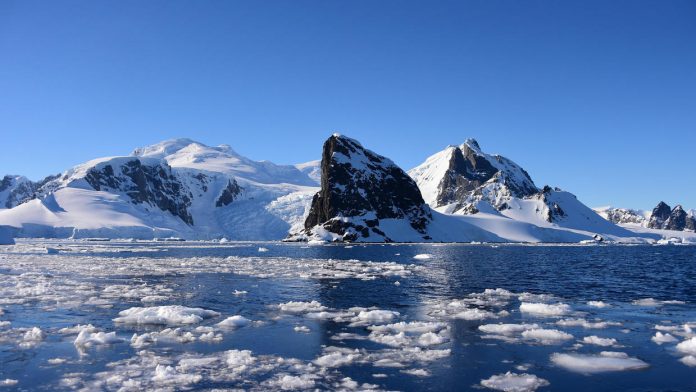Quick Facts:
- Temperatures in Antarctica hit 20.75℃, marking the first time the polar continent has broken the 20℃
- The warming reinforces concerns that the melting iceberg could rise global sea levels more rapidly.
- 430 tons of ice have already melted since 2006; worst case scenario: Antarctic melting could raise sea levels by 58 centimetres by the end of the century (Earth System Dynamics).
- The Antarctica is warming way faster than the rest of the world, experiencing a nearly 3℃rise since the pre-industrial era (The Guardian).

An unprecedented 20.75℃was recorded in the Antarctic as the first figure ever to break the 20℃ benchmark. It was logged by Brazilian scientists at Seymour Island on February 9th, almost one full degree higher than the previous record taken on the Signy Island (19.8C in January, 1982).
The record followed another temperature spike: an Argentinian research base at Esperanza registered a temperature of 18.3C February 7th, by far the highest record on the continental Antarctic Peninsula.
“We are seeing the warming trend in many of the sites being monitored, but we’d never seen anything like this,” according to Carlos Schaefer, a team member of the Brazilian government project that monitors the impact of climate change at sites across the Antarctic. He described the new records as “incredible and abnormal”.
The analysis of relevant data by Schaefer’s team shows that the abnormality seems to be influenced by shifts in ocean currents and El Niño. At this point, the impacts of these record highs vary across the continent. Multiple sources have suggested that the Antarctic’s vast western ice sheet is the most vulnerable; in the case of a sustained jump in temperature, its Thwaites and Pine Island Glaciers could melt more rapidly, ultimately threatening communities living in low-sea-level regions.
According to the Guardian, these records still need to be confirmed by the World Meteorological Organization (WMO). As researchers are trying to interpret these individual events in relation to climate change, one thing for sure is that the increasing carbon emission every year continues to pull the globe into a future full of uncertainties as well as significant risks.


![5 Reasons You Should Travel Alone Airplane [image source: chau nguyen/ http://thedevilhatessweatpants.blogspot.com.au ], crowd ink, crowdink, crowdink.com, crowdink.com.au](https://crowdink.com/wp-content/uploads/2016/08/Chau-airplane-218x150.jpg)





























